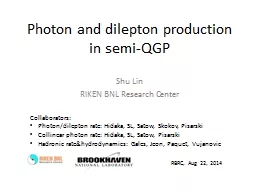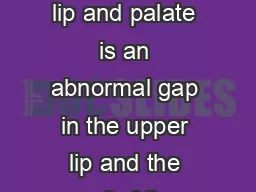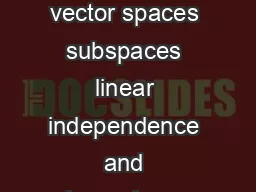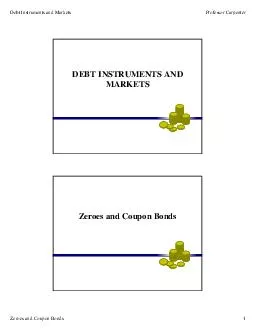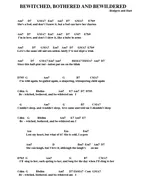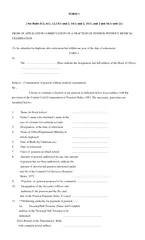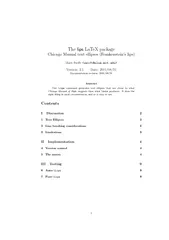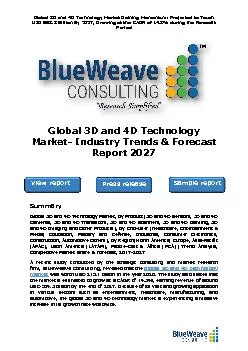PPT-P hoton and
Author : ellena-manuel | Published Date : 2016-07-23
dilepton production in semiQGP Shu Lin RIKEN BNL Research Center RBRC Aug 22 2014 Collaborators Photon dilepton rate Hidaka SL Satow Skokov Pisarski Collinear
Presentation Embed Code
Download Presentation
Download Presentation The PPT/PDF document "P hoton and" is the property of its rightful owner. Permission is granted to download and print the materials on this website for personal, non-commercial use only, and to display it on your personal computer provided you do not modify the materials and that you retain all copyright notices contained in the materials. By downloading content from our website, you accept the terms of this agreement.
P hoton and: Transcript
Download Rules Of Document
"P hoton and"The content belongs to its owner. You may download and print it for personal use, without modification, and keep all copyright notices. By downloading, you agree to these terms.
Related Documents

